How Does DAO Decentralization Work?
DAOs are decentralized autonomous organizations and part of the wider Web3 infrastructure. They operate on a global scale by gathering like-minded people to form communities. Through a DAO, individuals and groups collaborate in a decentralized and autonomous way. These organizations serve a range of purposes, including charitable work, venture funding, and scientific research.
One such organization is VitaDAO, a biotech DAO created to collectively fund early-stage longevity research. Unlike traditional biotechnology organizations, VitaDAO functions without a board, a CEO, or any definable form of hierarchy among its employees.
Instead, members of the DAO collaborate using proposals, which are put to a vote by the whole community and acted upon directly. This makes the decision-making process decentralized, as there is no singular body governing in a boardroom somewhere, and autonomous, meaning that the organization itself is self-governing.
What is the difference between a DAO and a traditional organization?
The decentralized and autonomous nature of DAOs is what sets them apart from more traditional governance structures.
Traditional structures are generally hierarchical with a defined power structure. This may be a top-down hierarchy, or there may be an element of voting involved, such as a board. However, if this is the case, this is generally centralized and controlled by a specific part of the organization. Additionally, interested parties who do not have a financial stake in the organization often have limited access to information about the company.
DAOs, on the other hand, aim to be more democratic in their actions. Community focused DAOs require members to participate and vote before any changes can be made in an organization. Utilizing blockchain technology, a DAO counts these votes via its specific voting protocol to deliver a decision. The outcome is transparent and public. Meanwhile, the decision may be carried out automatically using smart contracts.
How does this look in practice?
Once a DAO has a protocol and a mission, the next step is gathering the power of the community and working to achieve its aims. DAO membership can work in one of two ways. In share-based membership, having shares in the DAO entitles the member to vote. Often, members will hold a certain proportion of the organization’s treasury and can harness this leverage to vote on proposals. In token-based membership, the most popular of the membership systems, owning or holding the DAO’s tokens entitles a member to vote.
There are numerous nuances to the voting process, meaning that one token, one vote isn’t always standard practice. The chosen voting protocol can influence how voting is carried out and its results. To date, there is no ideal voting mechanism; suggested systems remain a topic of much debate.
To understand how this may look in practice, we can return to the example of VitaDAO. The DAO’s Strategic Advisor, Alex Dobrin, explains:
Anyone that holds VITA, VitaDAO’s native token, can vote on proposals. Anyone can discuss and submit them to be considered. Voting power is defined by how many VITA tokens a member has. Proposals form the fundamental basis for any decision; however, they can also entail a process to bundle decisions.
For interested parties, becoming a member of VitaDAO and acquiring a vote entails the purchase of VITA, the DAO’s native crypto token, or being awarded these tokens as compensation for DAO-related work, such as research and support activities.
Similar systems are in place for many DAOs wherein contributors can either purchase a stake or participate in hours worked. Generally, to join a DAO, interested individuals need to:
- Learn more about the DAO from its website. In doing so, new participants are encouraged to become acquainted with its objectives and reputation, along with its mission and the methods it utilizes to achieve its goals.
- Join the DAO’s Discord, if available. This is an online community-based platform where interested parties can learn and communicate. It acts as a messaging system while allowing organizations to distribute information about their actions to their group.
- Consider opening a digital wallet, if needed. Although it may not be required, having a suitable and safe digital wallet allows the acquiring and holding of cryptocurrency coins and tokens, which, in turn, may allow DAO voting rights.
How effective is decentralization and Web3 technology?
DAOs are a relatively modern concept. They form part of the wider Web3 infrastructure, which has been evolving over the last few years. VitaDAO’s Alex believes that “The Web3 space gives the experimental grounds to try something relatively quickly, and to model and improve it – like in a sandbox environment.”
It allows DAOs to utilize relatively new methodologies when other, more traditional, organizational styles are not as efficient. For example, Web3 empowers VitaDAO to leverage the power of its community to create scientific research. Once completed, this can be transformed into an IP-NFT (intellectual property non-fungible token) and monetized to generate future funds and research as a liquid asset. Other DAOs function using different methods. However, building a sustainable DAO infrastructure remains a common thread through many organizations.
DAOs promise innovation and development. However, as a novel technology, the effectiveness of their decentralized structure is still under much scrutiny, and DAOs themselves discuss the best Web3 practices to employ to effectively develop their organizations.




